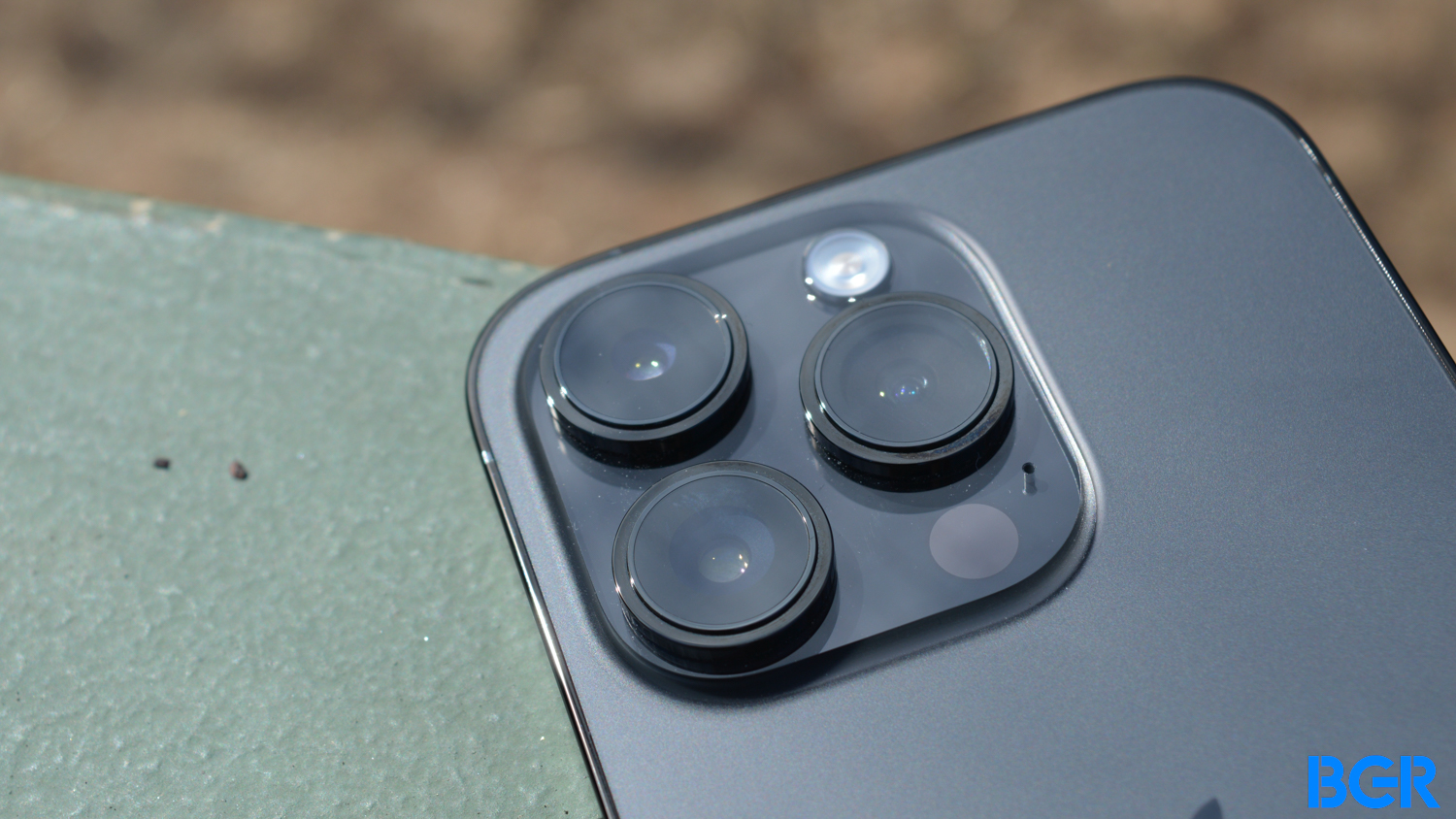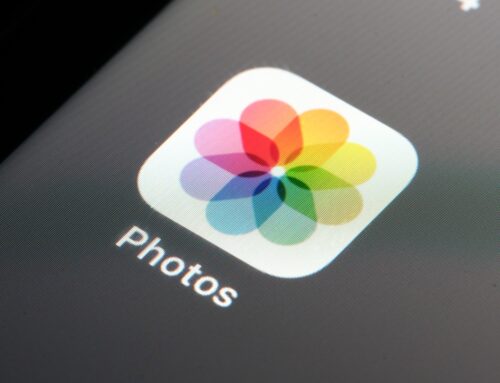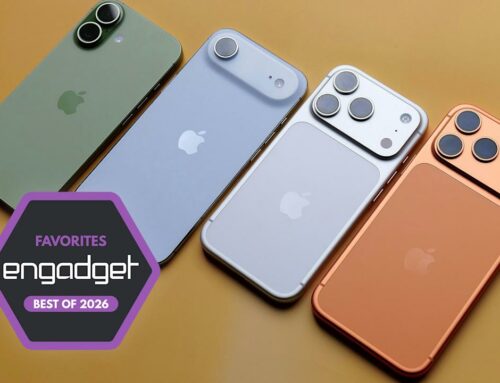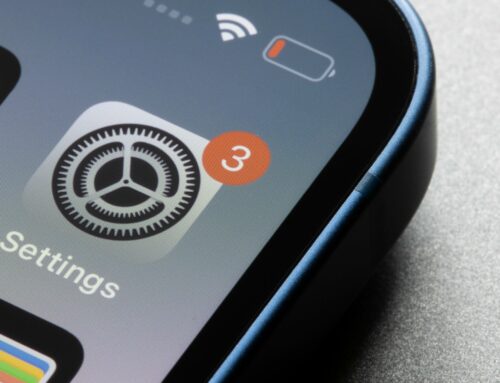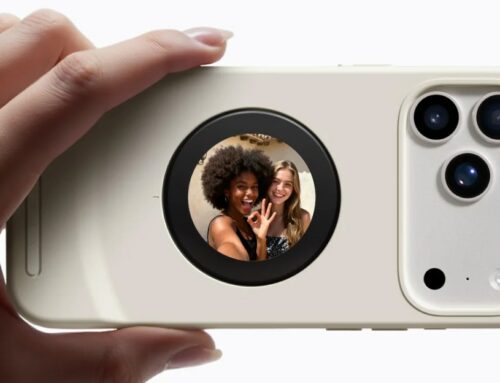At the end of 2022, YouTuber Marques Brownlee, known as MKBHD, performed a blind camera test to select the best smartphone camera of the year. With over 600,000 people joining and 20 million votes, the YouTuber used an Elo-style power ranking system hosted on a dedicated website to discover the best smartphone camera of 2022.
With 16 participant smartphones, MKBHD took three different shots: a standard one but with light coming out of the window, a Night mode photo, and a Portrait photo. Then, he combined each smartphone position to select the general winner.
In 2022, the winner was the Google Pixel 6a, followed by the Pixel 7 Pro. The iPhone 14, on the other hand, ranked 7. But, in another video posted a few days later, MKBHD awarded what he thought was the best smartphone of the year, including awards for specific sections.
While Google Pixel 7 was his choice as the overall best smartphone of the year, the YouTuber awarded the iPhone 14 Pro as the best camera of the year, granting Apple the same position for the fourth time in a row.
With that, people started wondering: does the iPhone have the best or worst camera?
In a 16-minute video, the YouTuber talks about how photography changed with smartphones, as it’s not about the sensor but the software each company uses. Comparing photos taken of a person on a Pixel phone and an iPhone, MKBHD shows that Google preserves where the light comes from on people’s faces, while Apple opts for an inexistent light to bring light and avoid a part of the face with a shadow.
He says the new 48MP sensor also offers software limitations, as it’s not fully optimized. This is why he explains that people voted for the Pixel 6A as the best smartphone camera for photos, as it has used the same sensor for over three years with optimized software for this type of lens.
That said, MKBHD wraps up by saying he prefers iPhone cameras better because it offers general stability, better video recording quality, different file formats, important camera tweaks, etc.
You can watch his video with the full explanation below.

